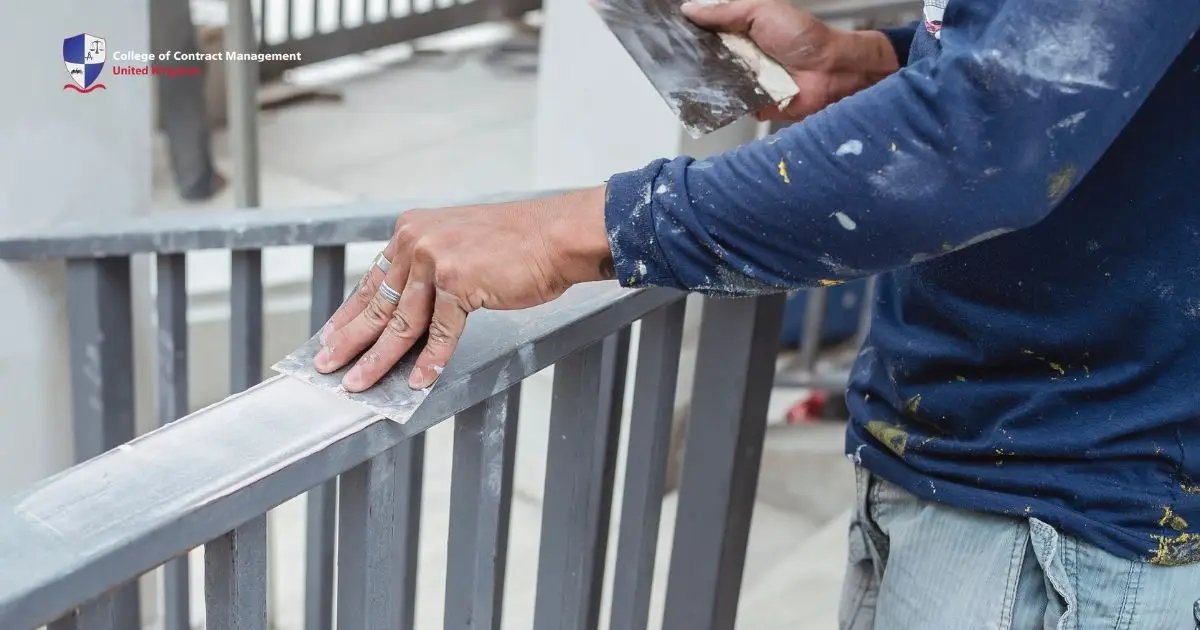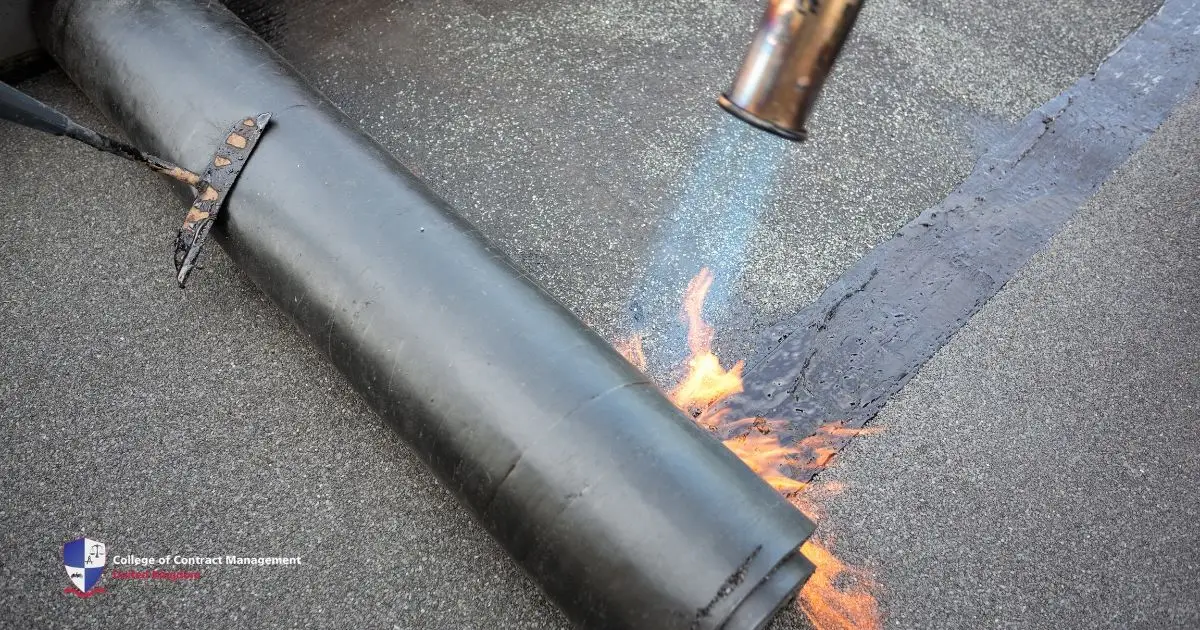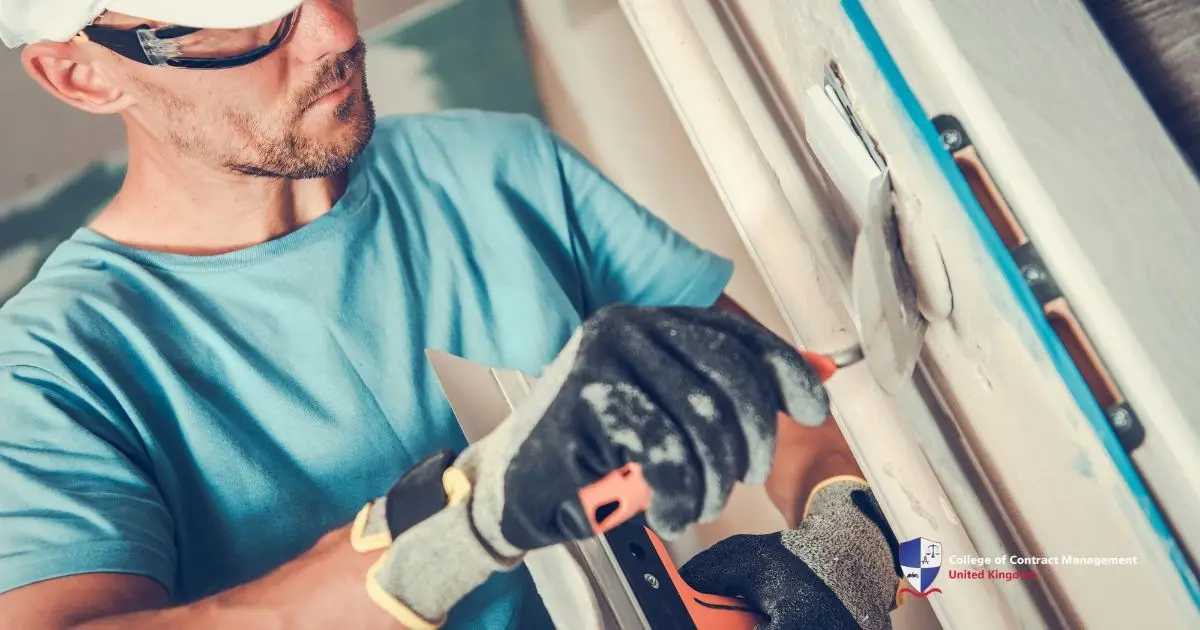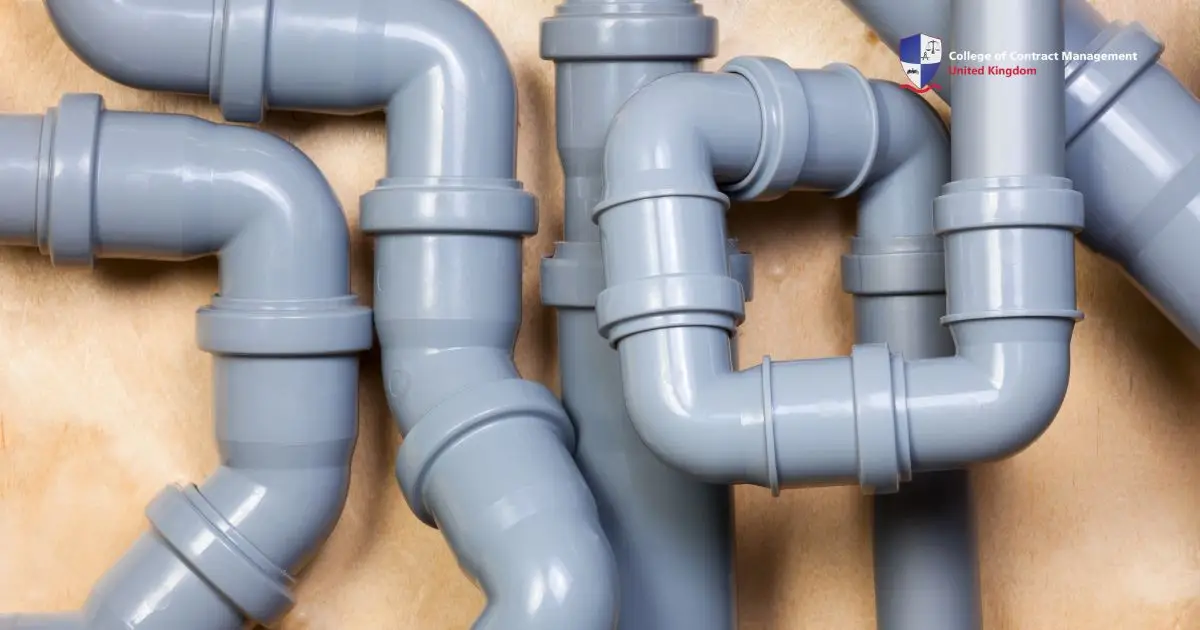Epoxy putty is one of the items that every household needs to have in their toolbox. Being one of the most versatile items, it can almost be used in any job you can think of. This component is a do-it-all item because of its high strength and waterproof nature. All of this makes it a very sought-after item in the commercial fields and homes as well.
Moreover, it is a powerful adhesive that bonds to virtually any surface. With its waterproof durability, you can shape, mould, saw, and paint it easily. This putty might be one of the easiest repair compounds to use. For that reason, let us understand more details about Epoxy putty and everything you need to know about it through this blog.
What is epoxy putty?
Epoxy putty is a two-part adhesive compound used for repairing, filling, and moulding various surfaces. You use them to fill gaps, patches, and cracks. It comes in two soft components that you mix, triggering a chemical reaction that hardens the putty. After it hardens, the putty creates a solid bond that will stick. While soft, you can knead it by hand and mould it for your repair or bonding task.
It can be painted and is machinable, meaning that it is okay to be worked by a machine tool. As well, it hardened and it can be painted no problem. Being super versatile that you can use it in whatever material and such. The other thing is being water resistant, so you don't need to worry about moisture.
Therefore, it would be best if you waited for it to get cured and set in its hardened form. Then, you will find the epoxy putty in the form of a hard, steel-like material. Which, if you measure it through a Shore rating, you can find it is on the same par as steel, thus making it perfect for any repair work.
Working with putty epoxy
Epoxy putty works by kneading together resin and hardener to trigger an exothermic epoxy polymerisation, curing the mixture into a solid adhesive. The hardener is the key component in the putty. The chemistry of the hardener can depend on how quickly the putty will cure. Some manufacturers offer fast‑curing putty for large projects that require rapid setting, while others provide slow‑curing putty for small, detailed projects that need more time to mould into the perfect shape.
For example, when model makers, sculptors, and restorers use epoxy putties, they need significant time to shape the material and carve intricate details into their work. Hence, they can't have the putty cured prematurely. Someone working with steel, iron, or other ferrous metals needs a faster‑curing putty because their work is very time sensitive.
Another thing is that curing speed is highly dependant on the weather and temperature. The hotter and drier the place is, the faster the epoxy putty will dry. Consequently, putties with long working times are more suitable for warmer climates. Due to that, one of the most popular putties is the AB Original. It has been a proven product with the repair community.
Types of epoxy putty
Manufacturers formulate different epoxy putties for specific tasks, and users apply them to certain materials. For example, they create specialist wood putty to match wood tones like brown. They often mix it with wood fibres, enabling it to bond more effectively to wooden surfaces. Therefore, all the types of Putty that you might see:
- Concrete Putty: Cures to a grey to match the concrete colour.
- Epoxy Putties: The specialist formula that can withstand heat to 280°C for use with steam pipes and other pipework in industry.
- Manufacturers design: WRAS-approved putties specifically for safe use in drinking water systems.
Putty epoxy formats
Epoxy putty can come in many different formats. However, the two most common formats are the stick and the two-part putty. The putty stick is the easiest to use as it combines the two parts into a single stick. The putty surrounds the hardener in the middle. You only need to cut the required putty and then knead it by hand until it's ready to apply. As it is already pre-formatted, you don't need to worry about the ratio or anything.
The other form comes with the two parts separately. Hence, when this is the case, you need to take some time to mix the part with the required amount correctly. However, this gives you extra control over the amount you need for each part to ensure that you have the perfect mix. After all, having a high degree of control over the putty’s properties makes it especially desirable for small, detailed projects.
Other alternative products are epoxy putty tape or a reel. However, this type is rarely seen as it can be quite tricky to work with. With the two parts combined in one easy-to-store reel, it makes you don't have to control the amount you need for each part of the compound. Similar to the stick, you can just cut off the required amount of putty and then knead it by hand into the shape you need it.
Why should you use epoxy putty?
The biggest selling point of epoxy putty is how easy it is to use. Once you knead and mix the putty by hand, simply apply it to the material you need to repair. While it is soft enough, you can push it into holes and cracks, fixing leaking pipes and then creating watertight seals around the faucet and other plumbing parts.
Therefore, you can repair cracked, chipped stone and concrete just as straightforwardly using the same method. You can just mould the kneaded into place. As an adhesive item, you can use it to stick one material to another in the same method that you would apply any other adhesive. Finally, once the putty has cured, you can do almost anything to it; paint, drill, or even saw it. This is because it won't shrink or pull away.
After you are done carrying out the repair job or the task you are doing. You can keep the remaining putty in a safe place away from light to ensure that it doesn't dry away. All epoxy putty stays fresh if you keep it tightly sealed in its original packaging, ready for you to use again.
The advantages of putty epoxy
Epoxy putty and its advantages have surpassed the expectations of the commoner today! Whether you’re repairing leaking pipes, restoring worn wooden surfaces, or painting your garden area, all these tasks benefit from this product like a miracle solution. Accordingly, this is all the advantage of putty that can be quite important for you:
- One of the simplest and fastest options for daily damage repairs.
- It does not require extensive measuring and tools. You need to cut the necessary parts and mix them well between your fingers.
- It does not create any mess. It establishes a putty-like mixture, which means there is no chance of running out of consistency.
- The putty does not get wasted. You can use it according to your requirements.
- Highly durable with an excellent shelf life.
- It cures in a few minutes and achieves exceptional strength.
- It promptly attains industrial resilience and stability.
- Moulding and reshaping it is very easy for every application.
- You can quickly saw, paint, drill, and sand the epoxy putty.
- It quickly fills the cracks, seals the leakage and restores the deteriorated regions.
- It causes no rusting and shrinkage, making it durable.
- Desirable to use for every maintenance case.
Conclusion
Epoxy Putty is a combination of resin and a hardener that delivers a very versatile, high-strength waterproof repair material. You only need to knead and apply the product to the work area to seal, bond, and fill gaps quickly across a wide range of surfaces. With a wide range of curing times, it is perfect for all the repair needs you might have. Finally, its durability, ease of storage, and shelf life make it a must-have.
Knowing your material when repairing is important. Understanding the right materials, such as epoxy putty, can help your project. This material will continue to play an important role in every repair in construction or even in your home. If you want to know more about construction, try visiting the College of Contract Management. It offers various courses around construction to help you get started. What are you waiting for? Start your journey in construction now!





